“My dad told me about this!”: Stone cladding
When anyone mentions stone cladding, a certain property on Coronation Street springs to mind (No. 9 - formerly Jack and Vera Duckworth's - see below). Their cladding was installed in 1989 and given the blue painted touches in 1994.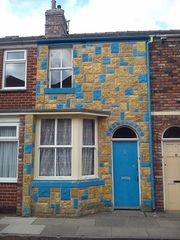
Aside from changing the external appearance so that the property may appear out of character in the neighbourhood, cladding was seen as an alternative to render systems used to cover up external brickwork that was suffering from spalling, movement cracks and other unsightly marks or staining.
Natural stone has also been used this way, quarried and then cut into thin pieces to reduce its weight and cost. It was used throughout Victorian times to provide a frontage using mechanical fixings onto different substrates.
In the 1970’s it was trendy to include a stone effect concrete block chimney or feature window panels to new properties.
And in the 1980’s this evolved with the development of a simulated stone effect to a concrete base to form thinner, more readily available products that could then be fixed to brickwork with a mortar mix.
Stone cladding used for residential properties in the 1980’s often had the effect of reducing the property value and was then notoriously difficult to remove.
This often resulted in the elevation requiring some form of render finish because of damage caused to the brickwork.
Improvements in stone cladding
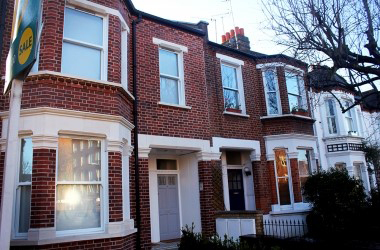
Today, stone and brick slips have evolved again to the extent where they are indistinguishable from the real thing. Now fitted into preformed liner trays or onto external wall insulation either on site or factory-fitted, they’re held in place with adhesive and mechanical fixings.
Once in place, the panels are pointed using a standard pointing gun and a specially formulated pointing mortar. Stone features such as window sills, door surrounds, columns, copings, and decorative features can be made to measure and simply applied to the structure.
(Images courtesy of Coronation Street Wiki and Monolith.)
Further information
Visit the Monolith BrickPlus and StonePlus Registered Details page.
Update (March 2019): Registered Details is now known as LABC Assured.
Found this interesting? Browse our "My dad told me about them..." articles
Please Note: Every care was taken to ensure the information was correct at the time of publication. Any written guidance provided does not replace the user’s professional judgement. It is the responsibility of the dutyholder or person carrying out the work to ensure compliance with relevant building regulations or applicable technical standards.
Sign up to the building bulletin newsletter
Over 48,000 construction professionals have already signed up for the LABC Building Bulletin.
Join them and receive useful tips, practical technical information and industry news by email once every 6 weeks.
Subscribe to the Building Bulletin
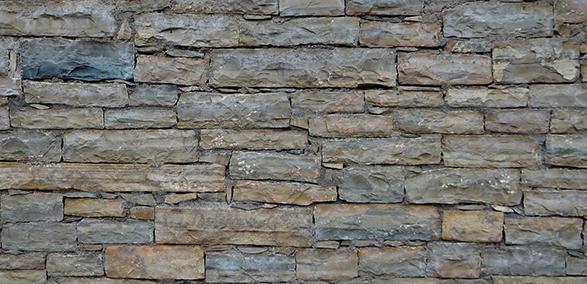
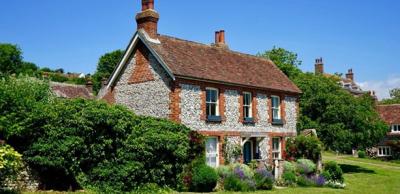
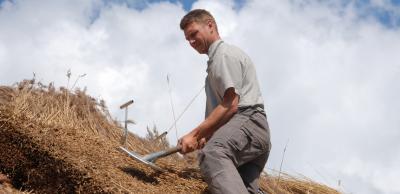

Comments
Ychwanegu sylw newydd